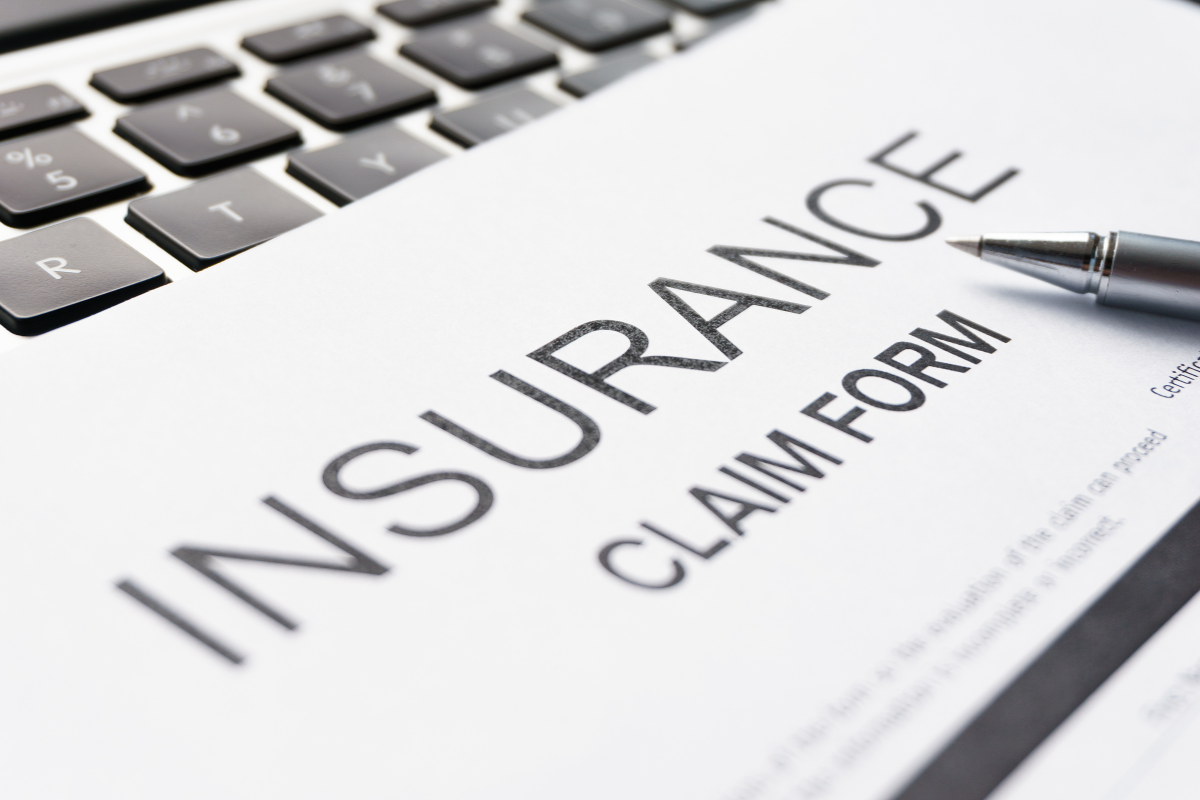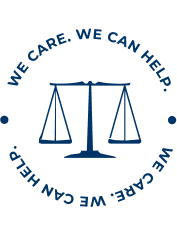It’s a sobering statistic: Half of all teens will be involved in a car crash before graduating from high school. Did you know that teen drivers are nearly three times more likely than drivers aged 20 and older to be in a fatal crash? Crash risk is unusually high during a teen’s first year of driving. Learn about strategies that help a new driver arrive at school safely, including Graduated Driver Licensing (GDL) systems and sober driving requirements.
In 2015, 2,333 teens in the United States ages 16–19 were killed and 221,313 were treated in emergency departments for injuries suffered in motor vehicle crashes in 2014. That means that six teens ages 16–19 died every day from motor vehicle injuries.
Who Is Most At Risk?
The risk of motor vehicle crashes is higher among 16-19-year-olds than among any other age group.
Among teen drivers, those at exceptionally high risk for motor vehicle crashes are:
Males: In 2014, the motor vehicle death rate for male drivers and passengers ages 16 to 19 was two times that of their female counterparts.
Teens driving with teen passengers: The presence of teen passengers increases the crash risk of unsupervised teen drivers. This risk increases with the number of teen passengers.
What Factors Put Teen Drivers At Risk?
Teens are more likely than older drivers to underestimate dangerous situations or not be able to recognize hazardous conditions. Teens are also more likely than adults to make critical decision errors that lead to serious crashes.
In 2014, 50% of teen deaths caused by motor vehicle collisions occurred between 3 p.m. and midnight and 53% occurred on Friday, Saturday, or Sunday.
Compared with other age groups, teens have among the lowest rates of seat belt use. In 2015, only 61% of high school students reported they always wear seat belts when riding with someone else.
At all levels of blood alcohol concentration (BAC), the risk of involvement in a motor vehicle crash is more significant for teens than it is for older adults.
In 2014, 17% of drivers ranging in ages 16 to 20 involved in fatal motor vehicle crashes had BAC of .08% or higher.
A national survey conducted in 2015, found 20% of teens reported that within the past month, they had ridden with a driver who had been drinking alcohol.
How Can Teen Driver Injury And Death Be Prevented?
There are a few proven methods to helping teens become safer drivers.
Seat Belts: Of the teens (ages 16-19) who died in passenger vehicle crashes in 2015, approximately 47% were not wearing a seat belt at the time of the crash. Research shows that seat belts reduce serious crash-related injuries and deaths by about half.
Stay Sober: Enforcing minimum legal drinking age laws and zero blood-alcohol tolerance laws for drivers under age 21 are recommended.
Graduated Driver Licensing Programs (GDL)
Driving is a complex skill, one that must be practiced to be learned well.The combination of minimal driving experience and risk-taking behavior puts teenagers at a heightened risk for crashes. The need for skill-building and driving supervision for new drivers is the basis for graduated driver licensing programs, which exist in all US states. GDL provides longer practice periods, limits driving under high-risk conditions for newly licensed drivers, and requires greater participation of parents in their teens’ learning-to-drive. The risk is highest when teens are in the first 12 to 24 months of licensure. The implementation of GDL programs has saved approximately 14,820 lives nationally since 1991. It is proven to reduce the number of motor vehicle crashes involving teenage drivers.
Eight Danger Zones
Make sure your teenage driver is aware of the leading causes of teen crashes:
Driver inexperience
Driving with teen passengers
Nighttime driving
Not using seat belts
Distracted driving
Drowsy driving
Reckless driving
Impaired driving
Consider A Safe Driving Agreement
Before a teen driver is handed the keys to the car, it’s a good idea to lay out some basic rules—and the consequences for breaking those rules. Studies found that teens who had a formal agreement with their parents on acceptable behaviors while driving were less likely to engage in risky behavior.
Click here to download a copy of The Carlson Law Firm’s Safe Driving Contract For Teenagers
How The Carlson Law Firm Can Help
If you or your teen has been injured in an auto accident, our team of experienced personal injury attorneys is here to help. Don’t let the stresses of dealing with difficult insurances companies limit your payout. If you’ve been injured, you deserve proper compensation. Contact any one of our 13 offices today for a free consultation. We care, we can help.





